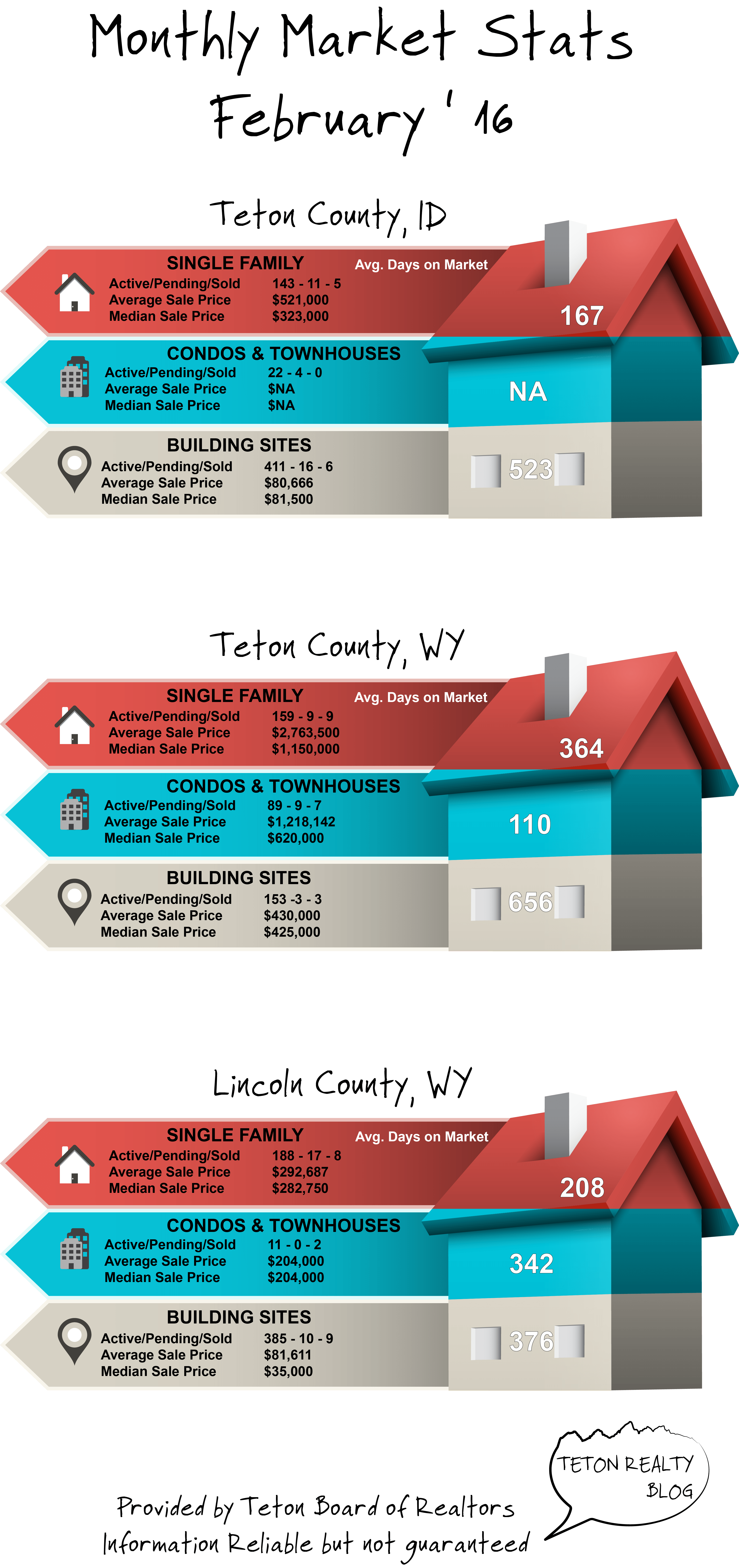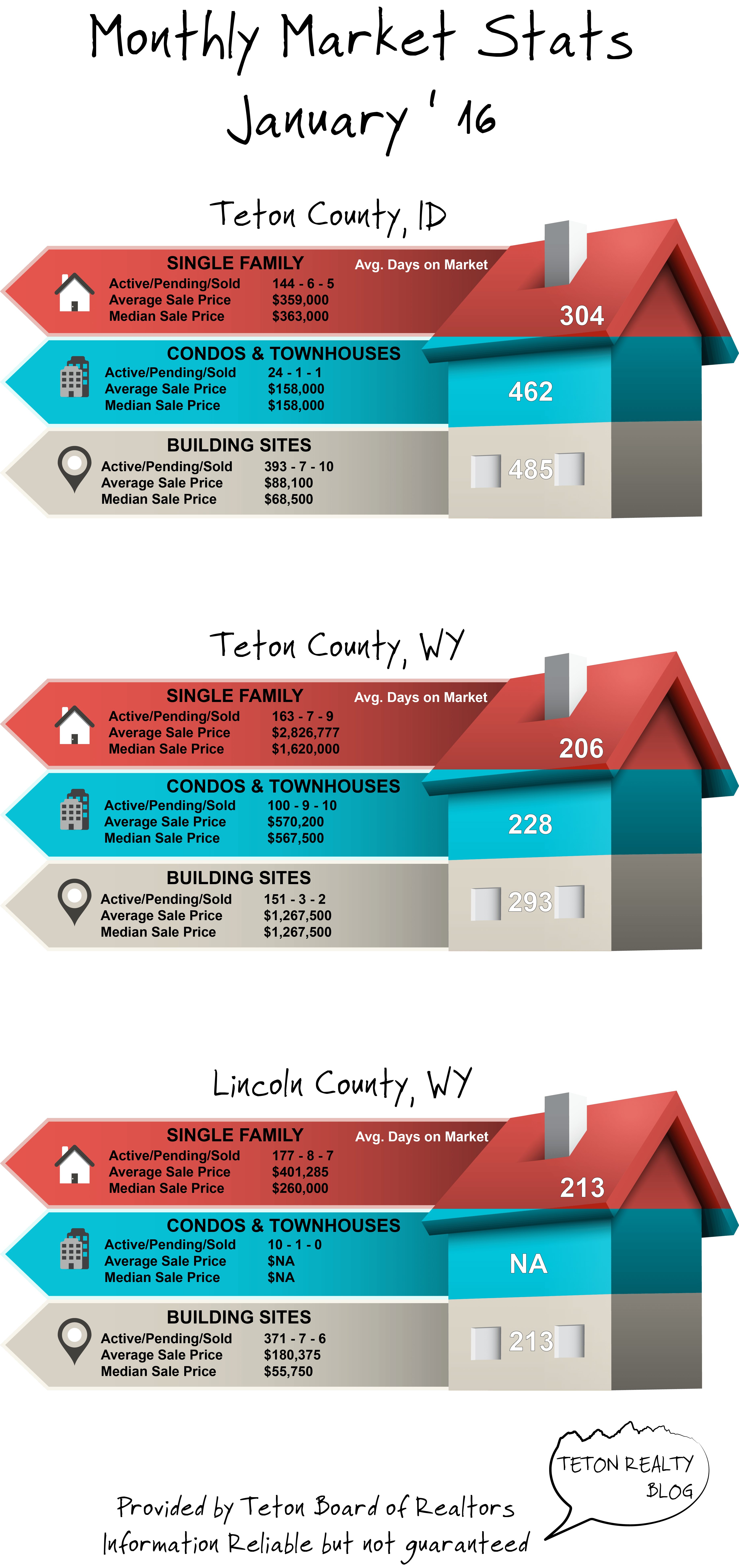
February ’16 Market Stats

Teton Region Real Estate Market Stats, Articles & News

This is an important question that not many people think about. Usually, it’s called land or vacant land insurance. Basically, it is coverage that will cover bodily injury or damage to someone’s property if they have an accident on your property and you are found to be at fault. If that person files a lawsuit, it can help cover legal fees. Not that it comes up often, but injury on your parcel could mean liability for you.
The good news is, this coverage might not cost you anything as long as you bring it up to your current insurance company or agent. In some cases, your separate homeowners or renters policy can be extended to insure your vacant land, but it’s important to check with your insurance provider first. Don’t assume this happens automatically.
If you do not have a homeowners or renters policy that can be extended to your land, you can purchase a land policy through an independent insurer. Normally the deductibles are close to nothing, and the premiums are very affordable.
Another note about vacant land policies – remember that in most cases if there is any sort of structure, even a dilapidated cabin or barn (like many properties in Teton Valley) that hasn’t been used, your land may not be considered vacant, at which point your insurance policy may not cover a claim. It is important that you ask your insurance provider or agent how to protect yourself against claims related to abandoned buildings. It’s only a little bit of work on the front end, and taking these steps to protect yourself can really pay off in the long run!

Increasing Rent Rates, will it stop?
As most of us know, we are seeing major recovery in the real estate and rental market. Note I said recovery, not inflation – yet. Generally speaking, we are recovered to about 2005 levels. Not yet height of the market “boom” prices, but we are still recovering. There is quite a bit of buzz regarding new construction, homes to be built on spec, and even rental complex/apartment construction – mostly based on the assumption that the market will continue to grow and improve (hence the “spec” or “speculation”)
As we know, the key driving factor is demand. The availability of homes for sale in the affordable price range is minimal, and rental supply even worse. With that said, I agree that there is a fairly safe bet for investment potential.
The above said leads me to predictions for the question. My response is – I hope that is slows, or better yet, quickly recovers to reasonable degree, levels off, and stays on par with inflation. We need to remember that there is a fine balance between a return on an investment, and real world effects. The result of too much supply too quickly coupled with National ecenomic factors (which will always be in play) is still all too fresh in my mind. We must also remember who we are in Teton Valley. I believe we will always be the “quiet side of the Tetons” a family oriented community supported by our own tourism, and proximity to Jackson and Idaho Falls. We cannot directly compete with Jackson, and we should not. We have a niche here with semi-resort real estate prices that is still an attractive place for an investor, and/or a resident.
In my opinion, we are competing for a population and commerce, but more so with areas like Alpine, WY or Rexburg, ID. If prices here become unobtainable for most (such as Jackson) the vast majority of those who support us will not be able to afford to live here. This is particularly true with rental rates. In times where supply is dangerously low, the sky’s the limit. This is a perfect opportunity for investors and owners to take advantage of the market – as they should. However, I do caution our community. We need to remember that we must work together to support each other. We still have shoulder seasons. If the cost of living becomes too high for a meal, a service, or a rental, our community will look for alternatives they can afford.
So, here’s to continued growth, recovery, and profitability – in responsible, high quality, Teton Valley Style!